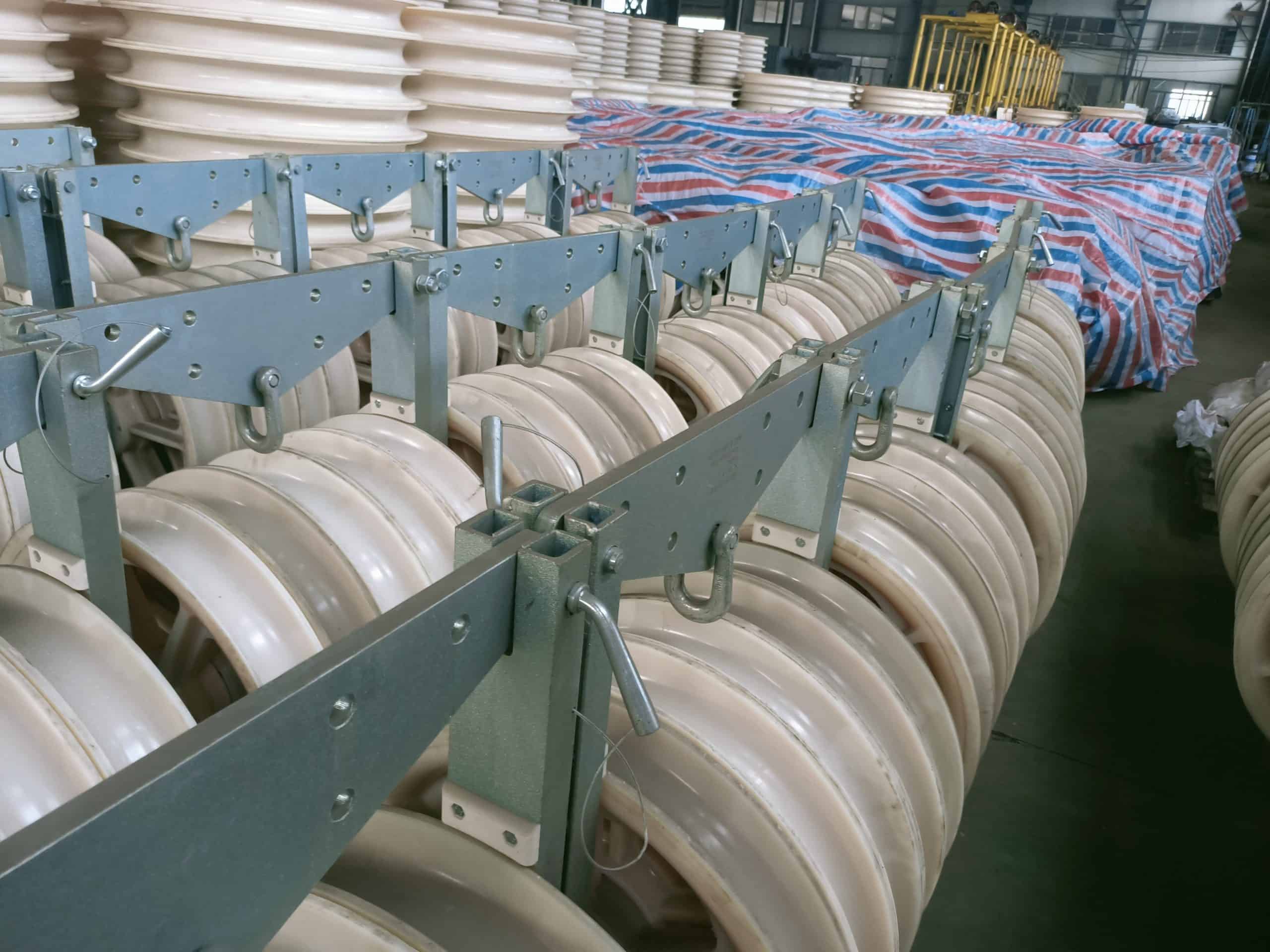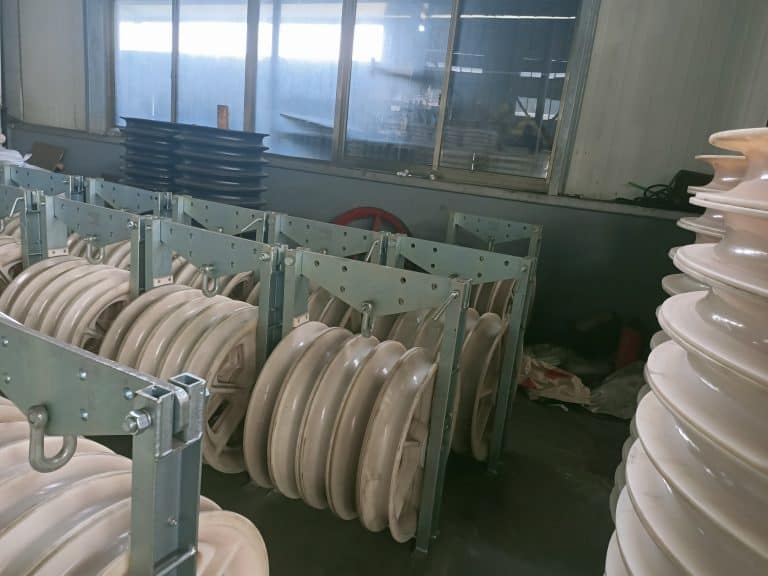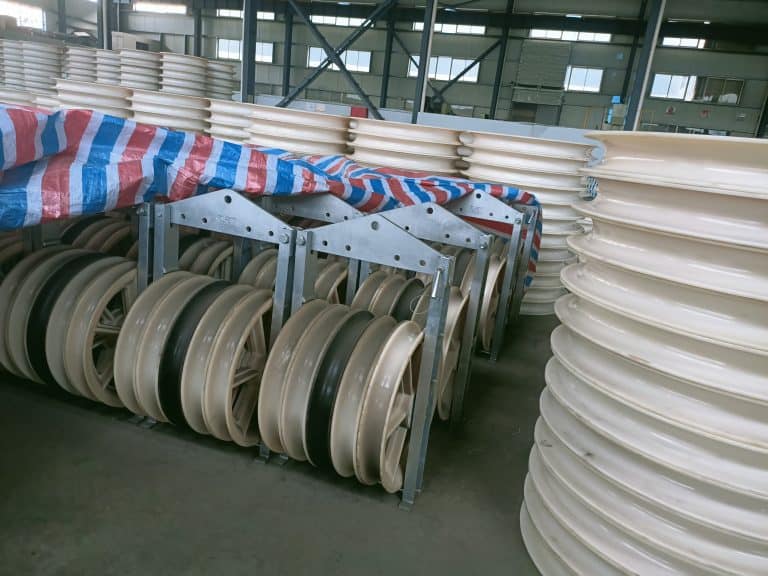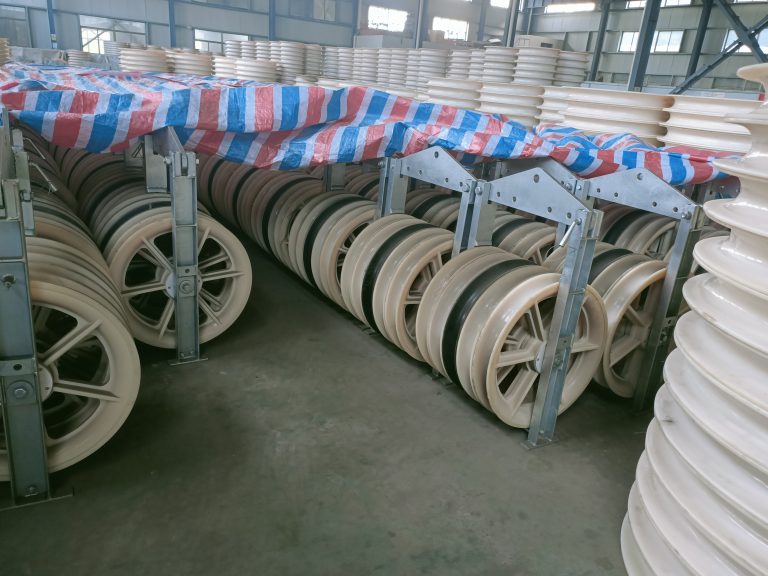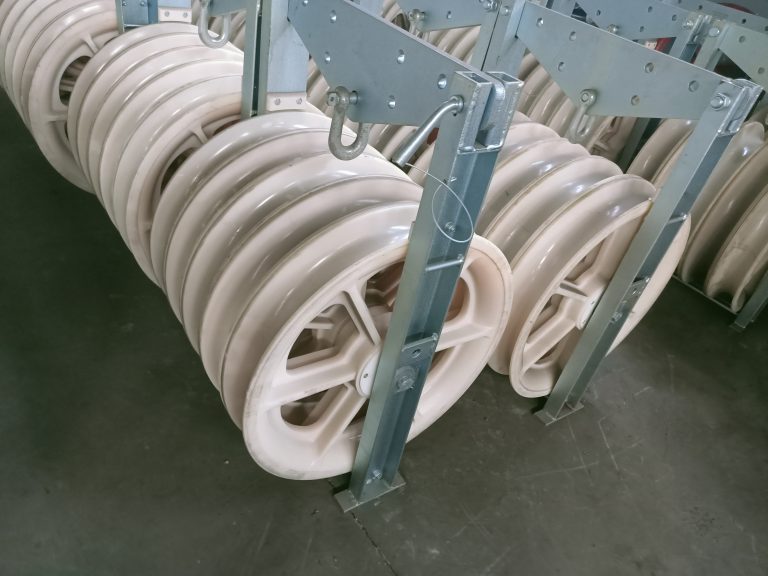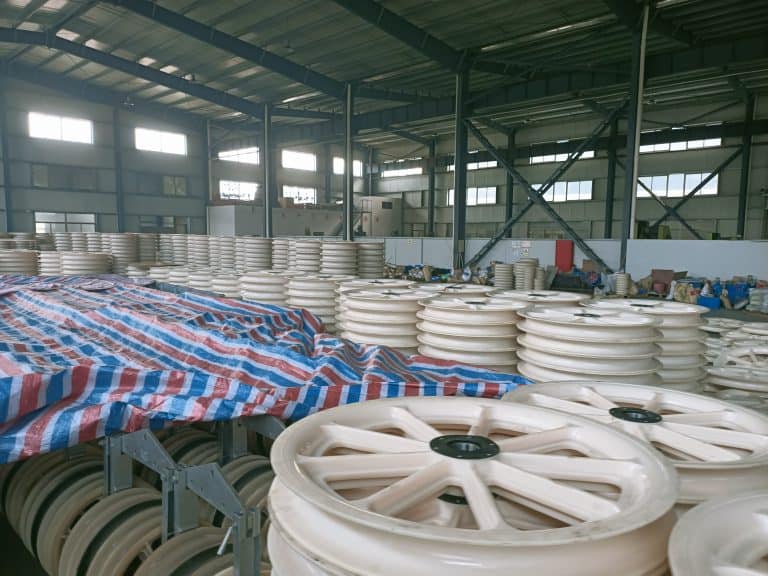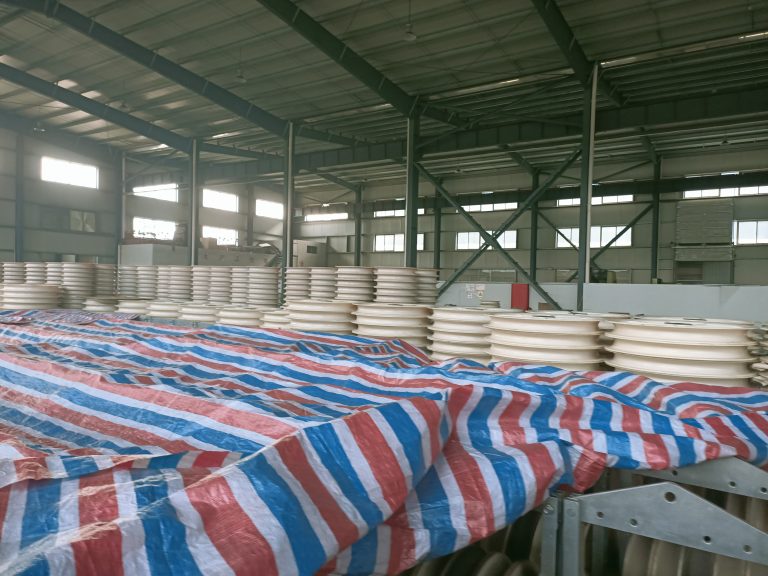The Importance of Properly Installing Stringing Blocks onto string in Power Line Projects
Stringing blocks play a critical role in the installation of power transmission lines, as they…
Stringing blocks play a critical role in the installation of power transmission lines, as they are used to guide and support the conductors during the stringing process. The process of stringing involves pulling the conductors through the air from one tower or pole to the next, and it is essential to ensure that the stringing blocks are properly installed in order to prevent damage to the conductors and ensure the safe and efficient operation of the power grid. In this blog, we will discuss the importance of properly installing stringing blocks in power line projects.
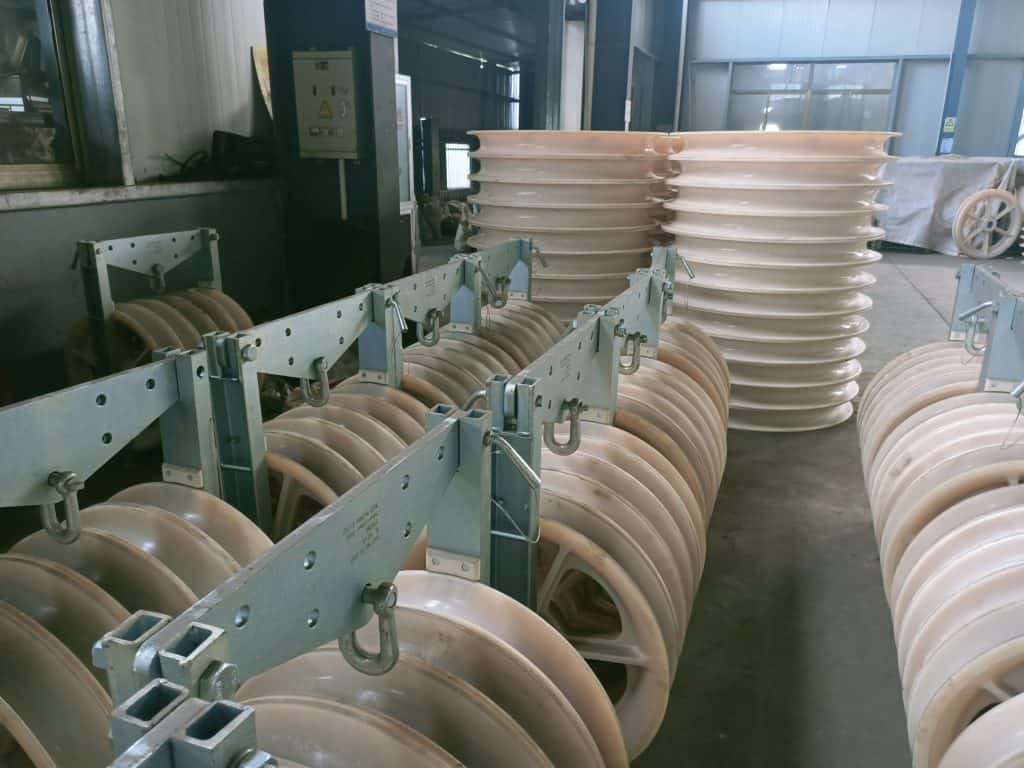
The first step in properly installing stringing blocks onto string is to select the right type of block for the project. Different types of blocks are designed for different types of conductors and applications, so it is important to carefully consider the specifications of the conductor and the requirements of the project in order to choose the appropriate block. Factors to consider include the diameter and weight of the conductor, the expected tension and sag of the line, and the specific environmental conditions of the project site.
Once the appropriate stringing blocks have been selected, they must be installed in the correct sequence and orientation. The blocks should be placed at regular intervals along the length of the transmission line, with each block oriented in the direction of the pull. The blocks should also be aligned with each other so that the conductor can smoothly pass through them without getting stuck or snagged.
Proper tensioning of the conductor is also important in ensuring the safe and efficient operation of the power grid. The tension must be carefully controlled throughout the stringing process in order to prevent the conductor from sagging or becoming too tight, which can cause damage to the conductor or the tower structure. Tensioning is typically done using specialized equipment, such as hydraulic tensioners, and requires close coordination between the crew members responsible for stringing the conductor and installing the stringing blocks.
In addition to proper installation and tensioning, it is also important to regularly inspect the stringing blocks and replace any that show signs of wear or damage. Over time, the blocks can become worn or corroded, which can cause friction or other issues that can compromise the integrity of the transmission line. Regular inspections and maintenance can help to prevent these problems and ensure the safe and efficient operation of the power grid over the long term.
In conclusion, properly installing stringing blocks is a critical aspect of power transmission line construction and maintenance. By carefully selecting the appropriate blocks, correctly orienting and aligning them along the length of the transmission line, and ensuring proper tensioning and regular inspection, power grid operators can ensure the safe and efficient operation of their systems. Failure to properly install stringing blocks can lead to costly repairs and downtime, and in the worst case, can compromise the safety of workers and the public.

